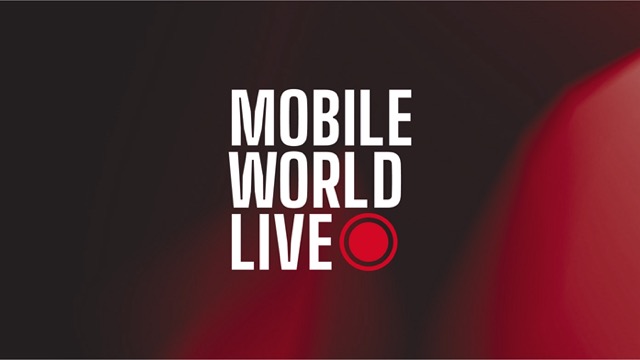Nokia today confirmed long-running speculation it is to enter the netbook space, unveiling its Windows-based Nokia Booklet 3G. Powered by Intel’s Atom processor, the mini-laptop offers HSPA and WiFi connectivity, sports a ten-inch display and supports Nokia’s range of Ovi services. “A growing number of people want the computing power of a PC with the full benefits of mobility,” noted Kai Oistamo, Nokia’s executive VP of devices, in a statement. “We are in the business of connecting people and the Nokia Booklet 3G is a natural evolution for us.” The company claims the new device will widen its portfolio and also satisfy “a need in the operator channel.” Further details – including market availability and pricing – will be announced on September 2 at its Nokia World event. The use of Microsoft’s Windows operating system has raised eyebrows in the industry, in light of Nokia’s strong support of the Symbian platform on its mobile handsets. It is also worth noting that Nokia sold computers in the 1980s, the most notable product of which was the MikroMikko 1.
Although Nokia is the world’s largest handset vendor, it is losing market share and its move into the netbook space signals its latest attempt to diversify its product offering and regain momentum. The latest Gartner data showed that Nokia’s total handset market share fell from 39.5 percent in 2Q08 to 36.8 percent in 2Q09 as rivals such as Apple grabbed the limelight. In an interview with the Financial Times today, Nokia chief executive Olli-Pekka Kallasvuo said the company aims to be “even more competitive” in future. Mr Kallasvuo also insisted that Nokia would succeed with its strategy of transforming itself from a mobile manufacturer into a supplier of services on handsets, such as maps and music. The report notes that by 2012, Nokia is aiming to have 300 million users of its services, such as music and maps, but the total stood at 53.9 million last Friday.










Comments